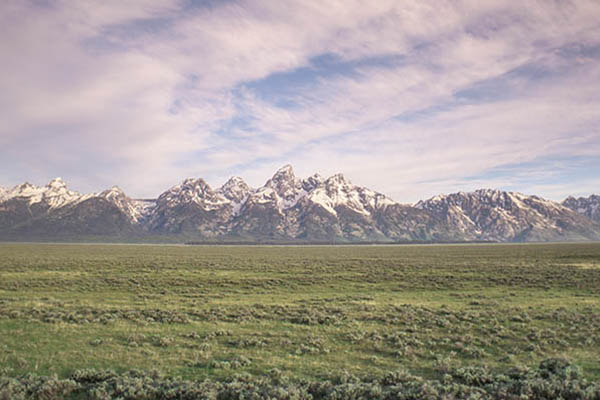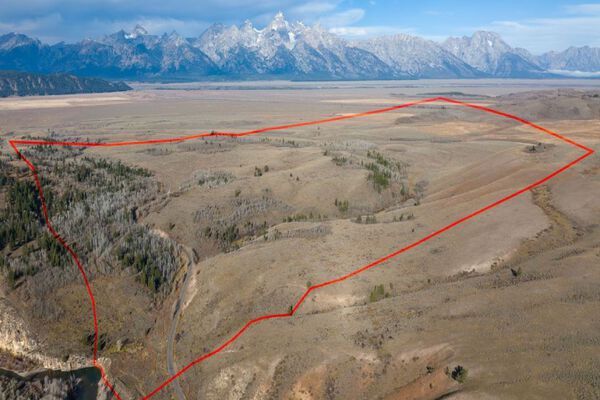
Photo by NPS
On July 10, climbing guides alerted park rangers to movement in the rock buttress that was believed to have recently occurred. After evaluating the situation, park rangers closed the area out of concern that the rock—which is about 100 feet long, 20 feet high, and 20 feet wide-could come loose and fall onto the highly visited Hidden Falls viewing area.
Park staff are using multiple methods to monitor the situation. Time-lapse cameras have been installed which allow the scientists to view growth in the crack as well as any changes to the buttress at 15-minute intervals. Scientists are also working with park rangers to manually measure the width of the crack at multiple locations at least once each day.

Photo by NPS
Since July 10, staff have not observed significant change in the crack on a scale they can detect. After additional investigation and discussion with climbing guides who routinely visit the area, it is believed that the crack may have begun to expand last fall, and it is uncertain whether additional expansion occurred recently, as initially thought, or over the winter and spring when freeze-thaw cycles may have contributed.
Park scientists are consulting with subject matter experts from the National Park Service Geologic Resources Division, Yosemite National Park, and United States Geological Survey Landslide Hazards Program to develop a risk assessment for the area as well as additional high-precision monitoring methods.

Photo by NPS
It is unknown how long the closure at Hidden Falls will be in effect. Follow the Foundation on Facebook and Instagram—we will post updates when we receive information from Grand Teton National Park.










